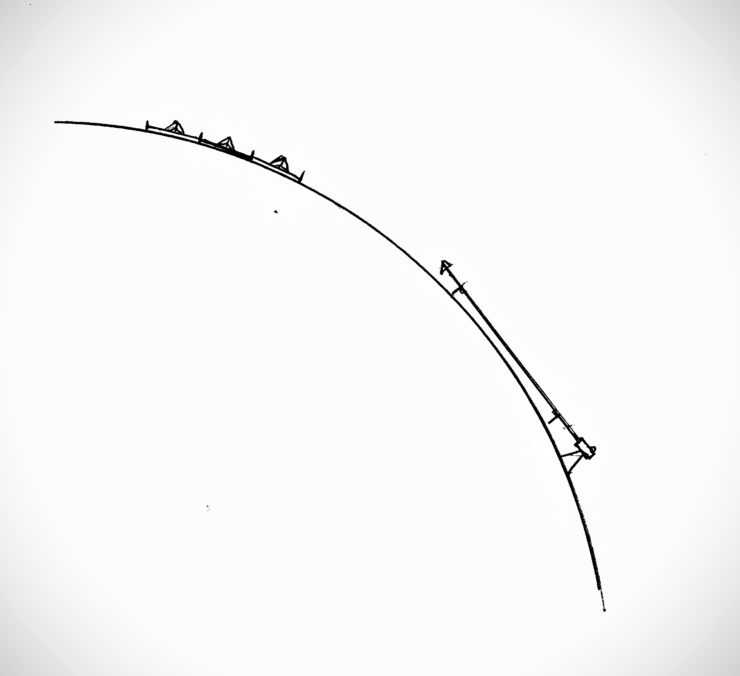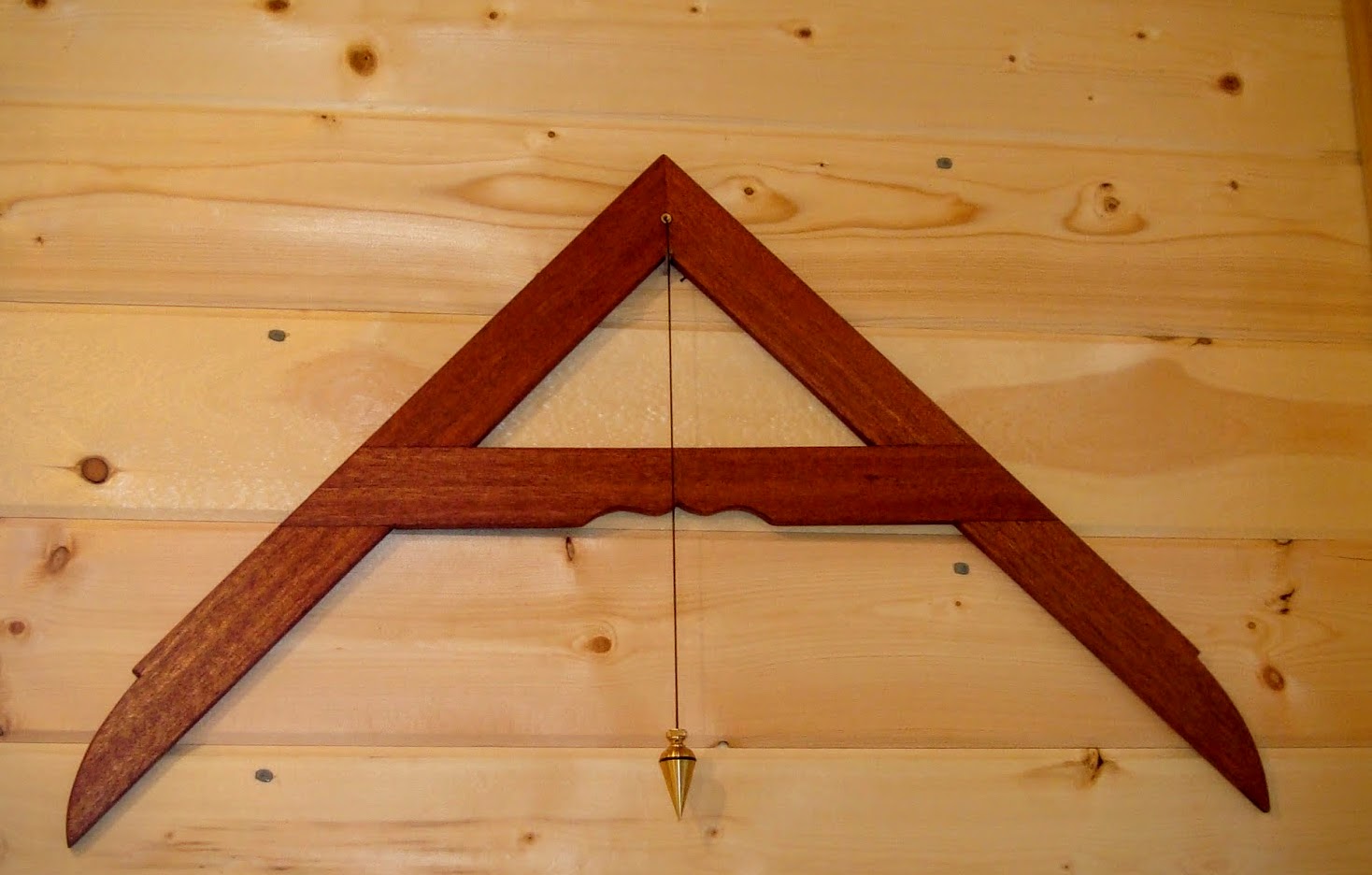
Been thinking about the Libella lately…the ancient leveling tool. Would it be as accurate as today’s laser levels? No, probably not. The precision of the laser would far surpass that of a bundle of sticks and a plumb line. But would it always give you the result you wanted? Theoretically, at least, only if you were building on a plane surface. If you were leveling a very long structure—say an aqueduct, the laser would give you a perfectly straight line—but it wouldn’t follow the curve of the earth. Posts erected square to the level line of the laser would be parallel, but they wouldn’t be plumb. The libella has this factor built in simply because they always index to plumb—the plumb line always points directly at the center of the earth–straight and parallel aren’t what you are actually looking for.




3 thoughts on “Libella vs. Laser”
blazgrapar
There is an optical leveling device, a survey device, which is somewhat a crossover between libella and laser. It is an optical device, which self-levels the lens with a marker so that the marker always projects the imaginary plumb line (horizon).
With this device you can transfer a line from one spot to the other. Similarly like laser does.
Your assumption that laser doesn’t follow earths curve is wrong. If you put it between two objects that you want to align in the same level then, curve of earth is non-relevant. And this is how they transferred levels in a recent history with theodolite.
Here in Europe they made a comparison in the measurement of height that was made for the railroad from Trieste to Vienna which is cca 350 km (218 miles). The difference of measurement with optical level and modern GPS was cca 1 mm (less than 16th of an inch) .
Maybe some facts here are not exact but should be in the ballpark.
lessoiko
How about libella vs. bubble level?
Jim Tolpin
What I’m pointing out here is that sight lines (including laser lines) are straight; level lines generated by water and instruments like the libella that reference to a plumb line are not…water follows the curve of the earth; plumb lines are non-parallel but follow radii lines to the center of the earth.